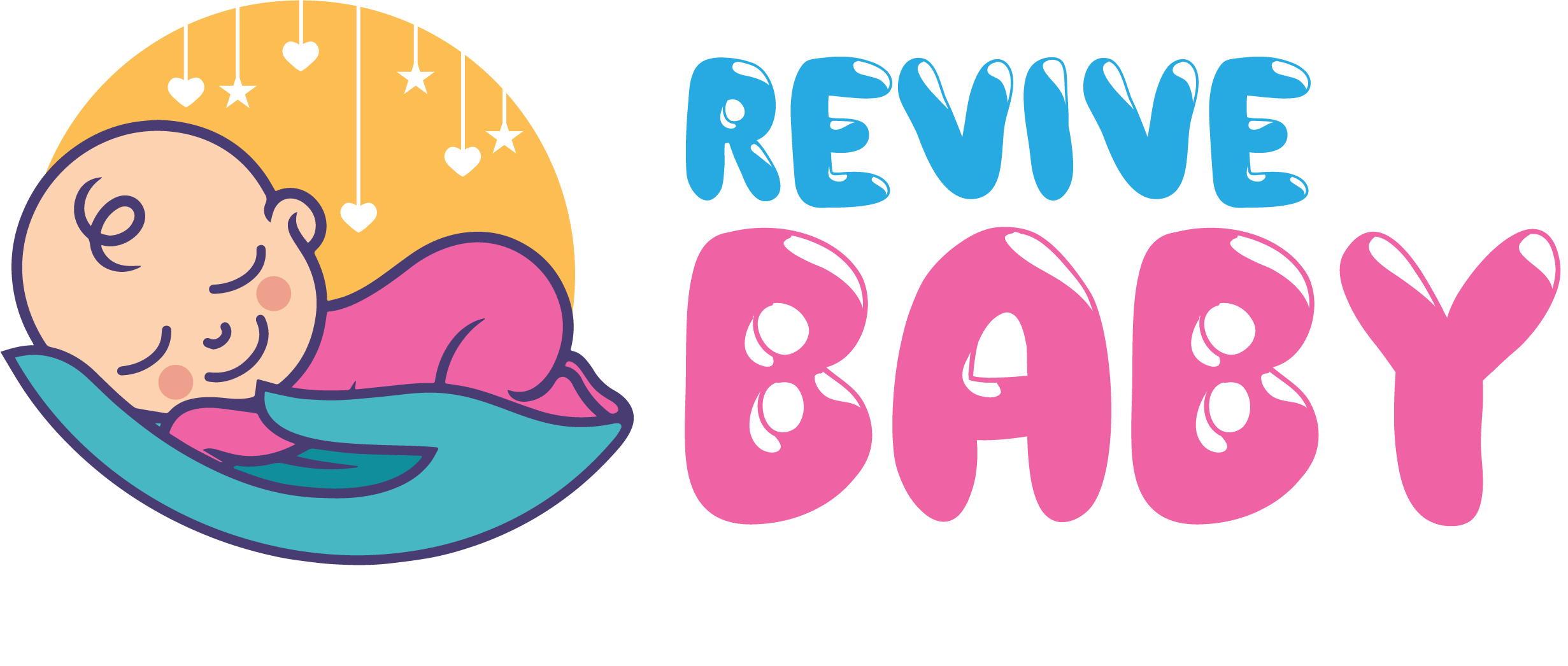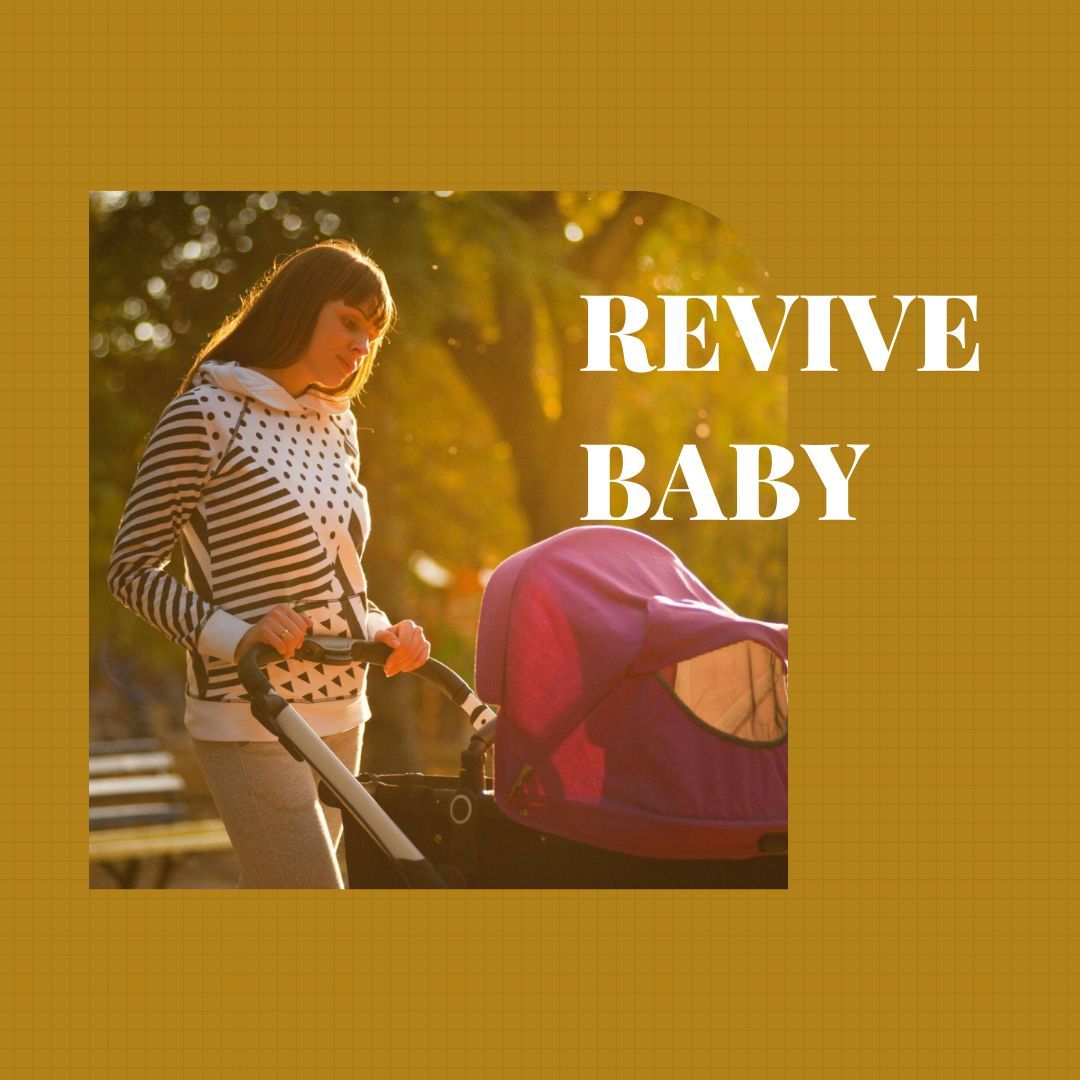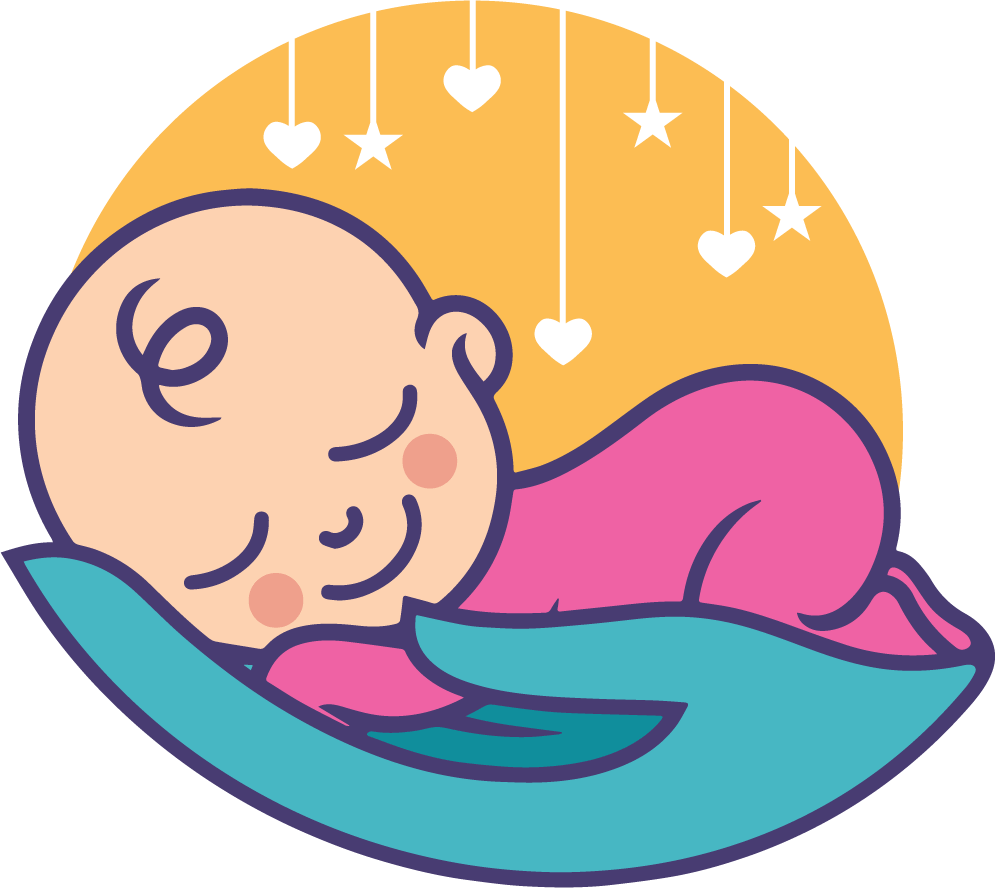Parents often question when certain milestones and transitions should occur as children grow and develop. One such question often arises is whether a 4-year-old should still use a stroller. The appropriateness of stroller use at this age can depend on various factors, including the child's physical capabilities, parental judgment, and individual differences. While some children may have outgrown the need for a stroller by this age, others may still benefit from its practicality and convenience. This article will explore the considerations and guidelines surrounding stroller use for 4-year-olds, providing expert insights to help parents make informed decisions that align with their child's needs.
What Is Considered Too Old For Strollers?
This appears to have been a source of contention for some time and is likely to remain so. Although no hard and fast rules exist, most people agree that children over four or five should walk without a stroller.
It's time to start the shift when your child is around three years old and can walk steadily and follow your instructions.

If your child initially resists, be prepared to demonstrate persistence and patience.
There are several apex points at which you can stop using a stroller, such as when your child can walk long distances on their own. Most parents begin weaning their children off strollers between the ages of two and four.
According to the American Academy of Pediatrics, babies should ride in an infant car seat until their first birthday. The average age at which a child can sit up alone is eight months, and the average age at which a child can keep his head stable is 4 to 6 months; however, because every child grows differently, it is difficult to provide specific rules for stroller-weaning.

Considerations For Parental Judgment and Individual Differences on Stroller Use For 4-Year-Old
Reasons To Retire The Stroller
The stroller is typically used by small children who cannot yet walk alone. They require gentle prodding to avoid colliding with anything in their path. When your baby learns to walk, you should stop pushing them around in a stroller.
People often wonder when the majority of children outgrew their strollers. As previously stated, parents frequently use it when their newborns cannot walk. On the other hand, some parents continue this practice even after their child is old enough to walk alone. However, there are several reasons this could harm your child's development.
Kids Don’t Stay Active
There are guidelines for how much physical activity our children should get daily—according to one study, spending too much time sedentary as a child increases the risk of adult obesity.
Experts discourage children from spending too much time in strollers because they discourage children from watching too much television. They were limiting buckled-in time to 60 minutes and cautioning against staying in one position for too long.
These types of exercise may benefit a child by:
- The more fluid movement will result from increased motor competence.
- Memory, reasoning, and problem-solving abilities are all components of academic success that can be enhanced through improved cognitive development.
- Maintain your weight in the proper place.
- Improve the strength of your muscles and skeleton.
- Play allows you to gain experience engaging with people and developing your social skills.
Development
Many developmental milestones are set for children between the ages of two and five. Exposing your child to many new things can help them grow healthy and smart.
Infants begin to form abstract concepts during the preoperational stage of cognitive development, typically between the ages of two and seven. Children are naturally curious about their surroundings during this time and should be encouraged to explore them.
Language formation makes significant progress during the preoperational period. If you must use a stroller at this age, choose one that faces backward. Parents and children are likelier to engage in constructive dialogue using a rear-facing stroller.
Strollers that claim to be able to carry a lot of weight are frequently deceptive. Except for the smallest jogging strollers, all can carry children weighing 50 pounds or more. A child of that age should weigh around that much. However, riding in a stroller with a 7-year-old is not a good idea.
Mobility
Strollers frequently impede their progress despite their intention to make people's lives easier. Obstacles like never-ending steps, mile-high curbs, and potholes can ruin stroller rides. You haven't experienced agony until you've tried to fit a jogging stroller into a crowded café.
Transitioning Away A 4-Year Old Child from Stroller Use
As a child grows older, it becomes important to encourage independence and the development of walking skills. Encourage your 4-year-old to walk short distances whenever possible, allowing them to build confidence and improve their motor skills. Offer positive reinforcement and praise their efforts, making walking an enjoyable and empowering experience for them.
Gradual Reduction of Stroller Use In 4-Year Old
Transitioning away from stroller use can be done gradually to ensure a smooth transition for both the child and the parent. Start using the stroller for shorter durations or in specific situations where necessary, gradually reducing the reliance on it. This gradual reduction allows the child to adapt to walking longer distances while still having the stroller available as a backup when needed.
Alternative Transportation Options For 4-Year Old
As you transition from stroller use, consider alternative options that balance convenience and independence. Options such as child-sized backpacks with harnesses or wrist straps can offer a sense of security while allowing the child to walk independently. Additionally, you can explore options like scooters, tricycles, or balance bikes to make walking more engaging and fun for your 4-year-old.

Conclusion
The decision to no longer use a stroller should not be taken lightly. Before making this decision, consider your child's age, preferences, and whether or not they still fit in the stroller.
Parents frequently stop using a stroller between 18 and 24 months. This is because, by this age, most children can walk alone, have solid footing, and keep up with their parents without using a stroller.









